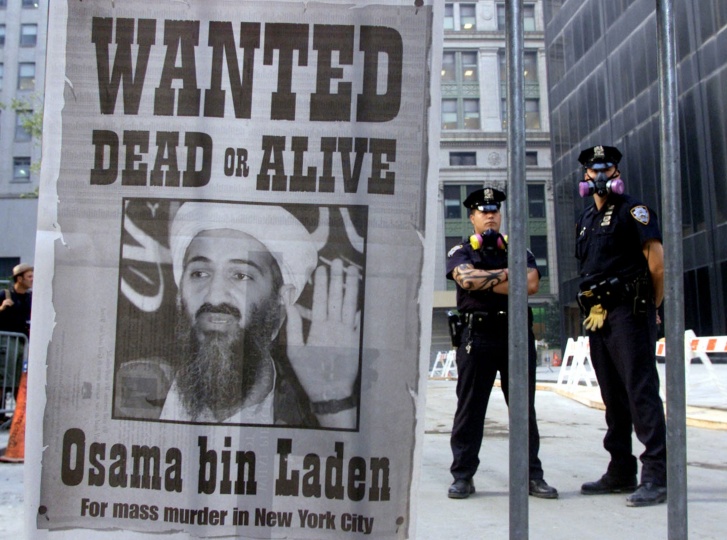Beyond Bin Laden: How Journos' Jobs Will Change
Covering Osama bin Laden’s crimes led an entire generation of reporters to the stories of their lifetime. His death clears the stage for a different kind of story – and a different kind of story-telling.

For journalists, the message of May 1 was simple: get to work. Osama bin Laden was dead, shot through the eye by American Navy SEALs raiding a mansion not far from Pakistan’s capital. The journos’ day-one tasks were obvious. For day two and beyond, however, the job description has changed utterly.
Immediately after President Barack Obama’s announcement, those once-ubiquitous photos and videos of Al Qaeda’s leader – some going back decades – cascaded out of the archives and spooled nonstop across TV and computer screens. For his 15 years as al Qaeda’s master financier and strategist, bin Laden operated like an invisible Goliath, loosing his atrocity machine upon military and civilian targets across the planet. With the Arab world’s thrilling springtime of democratic aspiration, the jihadist fantasies of the fugitive bin Laden had never seemed so glaringly at odds with the dreams of people beyond his small violent sect.
The crimes of Osama bin Laden and his followers, however, shaped the careers of a generation of media professionals. Across the world, hardly any journalists have not had their job descriptions challenged by the War on Terror, whether they cover school boards or combat zones, undocumented restaurant workers or human-rights asylum seekers, traffic courts or CIA black sites.
Immediately after Obama’s solemn announcement, any one of these beats might have been shaken by the fact of one event: the raid on bin Laden’s compound. It was a classic first-day story: write it fast and shoot it fast; leap upon new facts, reactions and images. The exhilaration of such moments can make journalists feel as if they are witnessing a world being remade before their eyes.
But it’s not the world that’s being remade: It’s the consciousness of journalists. At this moment, journos can seize and deploy tools so newly available they may have to go mano-a-mano with bosses for the chance to use them. Producers and editors may be tempted to stick with the thrill-of-victory narrative, to replay the over and over the familiar chapters: The Plot. The Attacks. The Escape from Tora Bora. The Hunt. The Raid. Their impulse will be ratified by government officials, past and present, who will rush aboard that saga, each seeking to ensure that history enshrines some past employer – Presidents Clinton, Bush, Obama or any of their competing supernumeraries – in their most flattering, terrorist-busting light.
For nearly a decade, political and military decision-makers commanded the spotlight. Yet backstage, many other kinds of experts — among them psychologists, neurologists, engineers, firefighters and public health workers – were all quietly amassing data, analysis, new understandings of 9/11 and and its ongoing impact. With a flow chart of veterans’ agencies and statistics released to advocacy groups like Veterans for Common Sense, local journalists can cull revelatory data on veterans’ hospitals. Mental-health research databases like the VA’s free PILOTS reveal new stories on how 9/11 and the wars in Afghanistan and Iraq have altered the lives of individuals and families. Multidisciplinary academic programs like Columbia University’s National Center for Disaster Preparedness have charted new standards, enabling reporters to assess whether local or national governments are ready for the next catastrophe.
As for many 9/11 families, some journalists may find bin Laden’s killing triggers a flood of dreadful memories going back a decade. Yet the 10-year anniversary of 9/11 may rattle journalists in ways that this week’s events may not. Without the fugitive bin Laden, the anniversary story grows stranger. It will cause us to interrogate everything we thought we knew: What have psychologists and researchers uncovered about the attacks’ long-term impact? It will unsettle our ethics: What is the impact of the stories and images we select? Most of all, the next chapter upends journalists’ toolkits as story-tellers, image-makers, historians of first resort.

































































































